
Ensuring Data Accuracy and Reliability in Optical Measurement
Learn how to ensure data accuracy and reliability in optical measurement with advanced techniques, best practices, and cutting-edge technology.
Accuracy and reliability in measurement have been critical in all fields, from manufacturing and automotive to aerospace, as they directly affect product quality and efficiency in operation. Optical measurement is one of the methods in which light-based technologies measure precise dimensions, shapes, or surface characteristics. However, the accuracy of data is important. Inaccurate data could cause product defects, delayed production, and monetary loss.
What is Calibration?
Calibration is the process of adjusting and verifying measurement instruments so that their readings are correct. It compares the measurements taken by an instrument with a known standard and adjusts it if there are deviations in the readings. Calibrating instruments regularly maintain consistency so that measurements do not change with time.
Calibration depends on standards; for instance, national metrology institutes like NIST in the U.S. or PTB in Germany are references to be followed for accuracy. Traceable standards make the results traceable between lab equipment and industries, thus providing uniformity and precision.
The frequency of calibration depends on several factors. These factors include usage rate, environmental conditions, and manufacturers' recommendations. Tools and equipment are used often or put to demanding conditions and need frequent calibration for increased reliability. Tools and equipment less often in use may be calibrated yearly or as advised by the manufacturer.
Calibration Procedure
Calibration normally involves preparation of the instrument, comparison with standards, measurement, and data analysis. Proper calibration procedures reduce errors and help the instrument to be accurate for a long time. Maintaining calibration procedures uniformly along with recording all the data generated during calibration helps to understand trends and prevent issues before they arise.
Routine Maintenance and Preventive Actions
Preventive Maintenance
Regular maintenance is necessary for the long-term accuracy. Preventive maintenance activities; like tightening connections and checking for wear, do help to prolong equipment life and minimize potential downtime. Regular maintenance also ensures that equipment functions optimally between calibration intervals.
Cleaning and Inspection
Optical measuring devices are susceptible to dust and other types of dirt or contamination. Such contaminants easily find their way onto the measurement devices and affect the correct measurement. Cleaning and inspection can prevent the effect of contaminants in measurements. The lenses, mirrors, and sensors should be frequently checked for dust and scratches to keep the equipment at optimum levels.
Environmental Factors
Environmental factors like temperature, humidity, and vibrations impact the accuracy of optical measurements. If possible, optimal performance can be achieved when measurements are carried out in controlled environments where these factors have minimum fluctuations. Reducing errors in measurements using environmental controls like a temperature-stabilized room will help increase data reliability.
Data Analysis and Interpretation
Data Quality Assurance
Measuring the quality of measurement data through validation of the data, checking errors, and ensuring consistency allows routine checks for anomalies to occur, which will catch any issues before they snowball and result in more accurate results that are trustworthy.
Statistical Analysis
The use of statistical analysis helps in pointing out errors that may result from a measurement by means of computing the mean and standard deviation. Statistical analysis will enable an easy differentiation between the kind of real data trend and an outlier, which reduces wrongful inferences.
Data Visualization
Charts and graphs can be very helpful tools for the interpretation of measurement data. Also, the visualization of information is much easier for people to understand complex datasets, so that the operators can clearly identify trends, detect errors, and communicate results effectively. Visual representations can make analysis easier and enable informed decisions.
Best practices for using optical measurement equipment
Operator training
Accurate measurements require expert operators. Appropriate handling, maintenance, and using equipment can help minimize errors in measurement while giving an accurate result. The above training programs should include calibration as well as data analysis techniques.
Proper Handling and Storage
All optical measuring equipment should be handled carefully to avoid damaging the lens and sensors, which are easily damaged and can cause drift in calibration. They should always be placed in protective cases or controlled environments when they are not in use.
Environmental Considerations
Measurement accuracy can be very sensitive to environmental conditions. Therefore, it is very important to take measurements in steady, controlled conditions that minimize extremes of temperature and humidity.
Periodic Software Upgrade
Software is an integral part of modern optical measurement systems. Periodic updates enable compatibility with the latest features, optimized performance, security patches, and both increased accuracy and reliability. New analysis tools can also be presented through software updates that could improve data interpretation.
Emerging Trends in Optical Measurement
AI and Machine Learning
Artificial intelligence and machine learning transform optical measurement through complete data analysis automation and higher accuracy. Based on pattern recognition in measurement data, these technologies can predict possible errors in real time and optimize processes, minimizing human intervention and enhancing data accuracy.
Portable and Handheld Devices
The more portable the optical measurement tool is, the more access to the device means more measurement-takers outside the lab could apply this in many settings. The tools are highly resourceful in field applications; therefore, traditional lab-based devices are not applicable here.
The integration of optical measurement systems with IoT and remote sensing technologies enables real-time monitoring and data collection. Remote sensing allows operators to collect data from multiple sites, hence improving scalability and responsiveness in quality control.
Conclusion
Optical measurement has to have a backbone in the form of accurate and reliable data. Industry standards must be met, and trust in results assured through calibration, regular maintenance, and strong data analysis practices.
In this regard, it is worth mentioning that new technologies continue to evolve and transform the field of optical measurement, with promises of greater accuracy and efficiency, which ensure better quality control, save costs, and promote innovation in the industry.